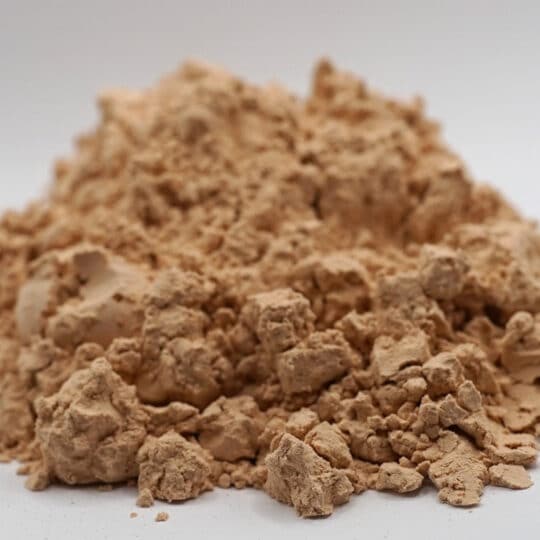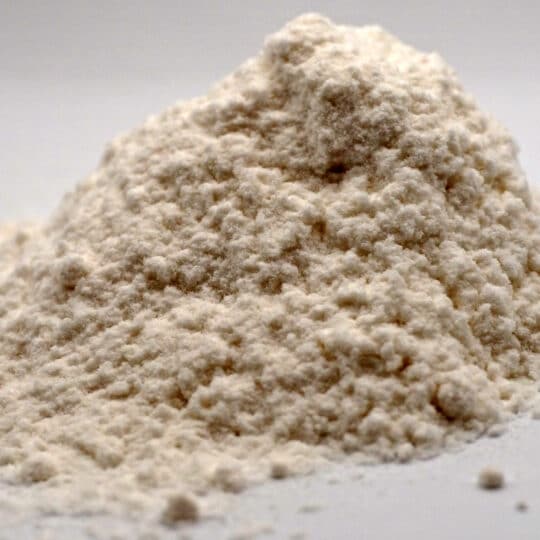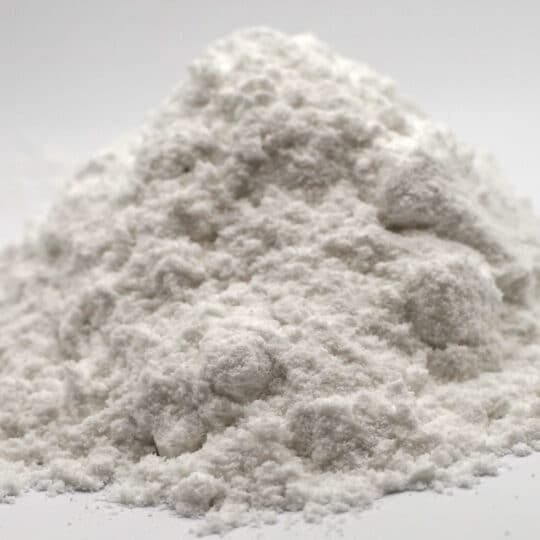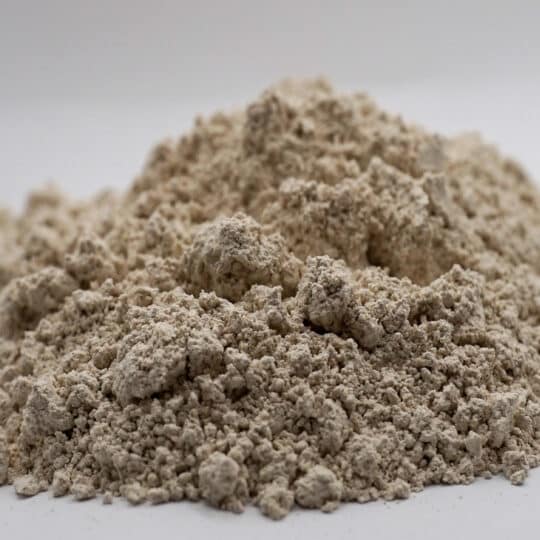Diatomaceous Earth
Dicalite is a leader of domestically produced diatomaceous earth. We have nearly 100 years of mining experience, multiple manufacturing sites, and the broadest range of diatomaceous earth products. We selectively surface mine from our deposits ensuring the highest purity.
Dicalite is the premier supplier of all diatomaceous earth needs for construction, filtration, horticulture, and industrial applications.
Available for use in:
- Abrasives & Polishing
- Absorbents
- Anti-Caking
- Catalyst Support & Carrier
- Cement & Concrete
- Consumer Products
- Filtration
- Household
- Seed Coatings
- Soil Amendment
- Swimming Pool Filter
Benefits of Diatomaceous Earth
- Abrasiveness
- Absorptive
- Anti caking properties
- High porosity and low density
- Insulating properties
Good for the Environment
Diatomaceous earth is made of single-celled aquatic algae which is the naturally occurring fossilized remains of diatoms. Diatoms have a positive effect on our environment, both in our oxygen and food supplies. Diatoms use carbon dioxide and water in photosynthesis to convert carbon and hydrogen to carbohydrates with energy absorbed from the sun. Oxygen is produced as a by-product and is released into the atmosphere.
It’s estimated that as much as 60 percent of the oxygen in our atmosphere is derived from the oceans, in which the oxygen is largely due to the activity of diatoms.
Diatomaceous Earth Product Categories
Contact Us
Contact us today to learn how we can help your processes, buy direct or from a distributor, or request a free sample of our products. We look forward to hearing from you.



